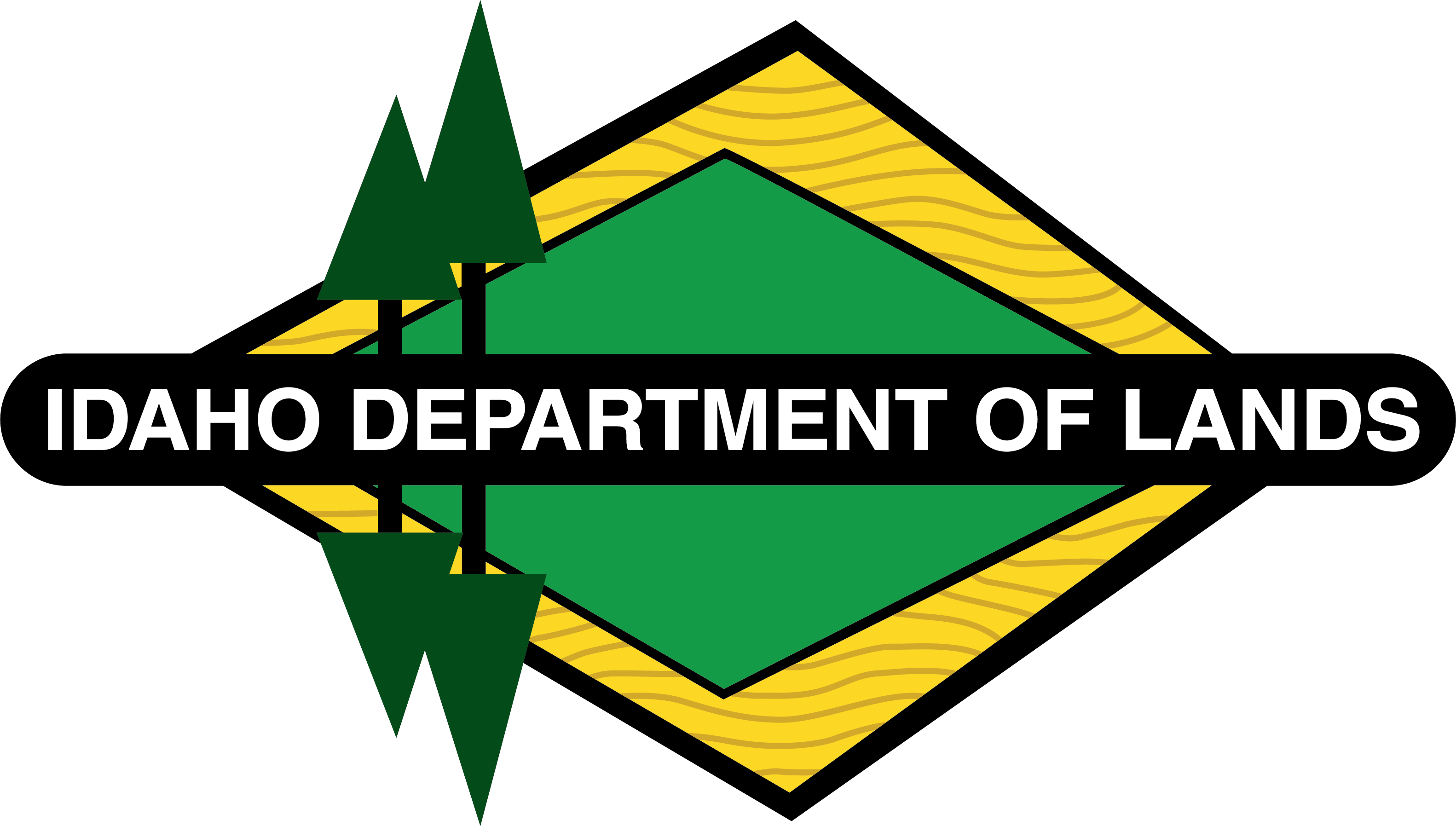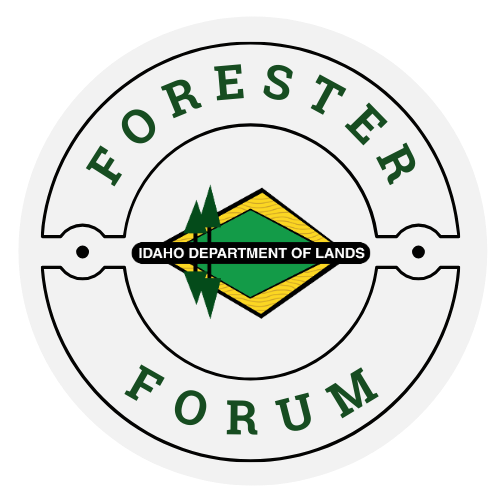Fire Management 2: Take the Risk Out of Slash Burning
Take the Risk Out of Slash Burning
In this edition of the Forester Forum
This summary is advisory.
IT IS NOT MEANT TO REPLACE THE RULES AND REGULATIONS OR THE LAW. ANY QUESTIONS SHOULD BE RESOLVED BY CONSULTING THE CURRENT RULES.

Overview
Slash cleanup after harvest can serve many good and positive purposes; it protects the area from fire and insect damage, provides for silvicultural and timber stand improvements, provides grazing capabilities for wildlife, and last, but not least, makes the logging job look good.
Getting the job done, and done right, should be easy. The piling of slash is usually easy, as most operators are willing to pile the slash as a part of the logging job. Piling satisfies the landowner and leaves the job with a “finished” look. It also helps sell the logging job to other prospective customers.
Getting the piles burned can be another matter. Many operators prefer not to burn the slash. They usually have to make a special trip back to the area to burn, and that can add to costs when the operator has several jobs. The more jobs an operator has, the greater the risk the fire will either escape and damage the surrounding area, or will not burn and require another trip, or the piles will be only partly burned.
Liability a Concern
Many landowners do not feel prepared or equipped to burn slash, or provide adequate protection while burning. The fear of damaging their own timber, or worse yet, their neighbors. property, is always a concern.
Most state districts and associations in Idaho would prefer not to take on slash burning jobs. While they are trained and equipped for the task, recent trends have reduced the number of people available during the slash burning season. Concerns about the number of good burn days and liability for resource damage add to their reluctance.
Even though the burning job can be inconvenient and risky, the burning must be done to complete the slash work. The process can be simplified if the slash work is incorporated into the job from the beginning. For example, tree-length skidding will reduce the number of slash piles needed so damage to leave trees from piling and burning can be kept to a minimum. Also, the slash is concentrated at the landings so piles can be made very large without risk of damaging forest soils.
Slash piles should be in an open area, not shoved against standing trees that will die when the piles are burned.
Tall, Tight, and Dirt Free
Piles should be as free of dirt as possible. Making dirt free piles not only leaves the soil where it should be, but also allows the piles to burn out clean. Dirt-ladened slash piles (such as landing debris) have been known to hold fire for weeks, even through the winter! Dirtfilled piles can “breakout” and cause the fire to escape long after the time the fire is being monitored.
The best way to ensure that the piles are dirt free is to insist on a brush blade or brush rake for any dozer piling in the woods or landings. Straight dirt blades on dozers or skidders are designed to move just what the name implies “dirt.” Using a dirt blade to pile slash usually means the piles will have enough dirt in them so the pile will be difficult to light, will not burn completely, must be monitored long after it is lit, and the pile may have to be re-piled and burned again to get adequate burning.
No matter what equipment is used to build the slash piles, proper placement and construction can reduce the problem. The best slash piles are tall, tight, and dirt free, not long, low and loose.
Cover the Piles
Once the piles are constructed, it is a good idea to put a cover on at least part (about 1/3 of the pile) with a material such as cheap roofing paper or plastic. If the piles are tight and covered, they can be lit and will burn completely at a time when the adjacent woodlands are too wet to burn, thereby reducing the risk of escape. Tight piles that are covered have been burned when there is snow on the ground with good consumption. The price of roofing paper is about $8 per roll and one roll will cover many piles. The price of the material and the effort in papering really pays off in giving you the latitude to burn the piles successfully under safe conditions.
To get a good clean burn, slash should be allowed to cure for six to eight weeks of drying weather. This is enough time for the “average” slash. Long butts, chunks and stumps will not cure in that time, but consumption should be good if the mix of fine fuels is adequate in the piles.
Fall Burning
Once the piles are ready to burn, all you need is to wait for a break in the weather. If the piles are covered, you can burn when it suits your schedule. Fall is the preferred season to burn since most people would rather have progressively wet weather after the piles are lit, rather than a spring burn and worry about “holdover” fires through the summer.
Fall burning has a disadvantage for air quality reasons. It isn’t a good idea to burn during stable air conditions that might have inversions or stagnant air (high pressure systems).
Low pressure systems can offer good opportunities to burn, but watch the predicted wind. A little wind can help reduce residual tree scorching while too much wind can really cause control problems under all but the wettest of weather.
Keep Communication Lines Open
It is a good idea to call the local fire protection district office to find out what the weather forecast is, how the long range outlook is and how other burners have been doing. Of course, if you will be burning during the closed fire season (May 10 through October 20), you will need a permit to burn. Even if you are burning when a permit is not required, it is a good idea to inform your rural fire district so they know what the smoke is all about.
When the time comes to burn, it is a good idea to have enough tools on hand to take care of any spot fires that might start from the piles. Try a small area initially to be sure the fire can be controlled and that it will burn completely. Burn ridge tops and perimeters first and let them die down before torching off the main portion of the piled area. This will provide a fire break if the main area gives problems.
After the piles have been burned, it is a good idea to check them the next day. If everything is right where you left it, the burned area should be checked again after poor weather like warmer drying weather and/or high winds.
The above guidelines should reduce the risk. Most important, pile your slash free of dirt, make the piles tight and keep them partly covered for easy ignition.


